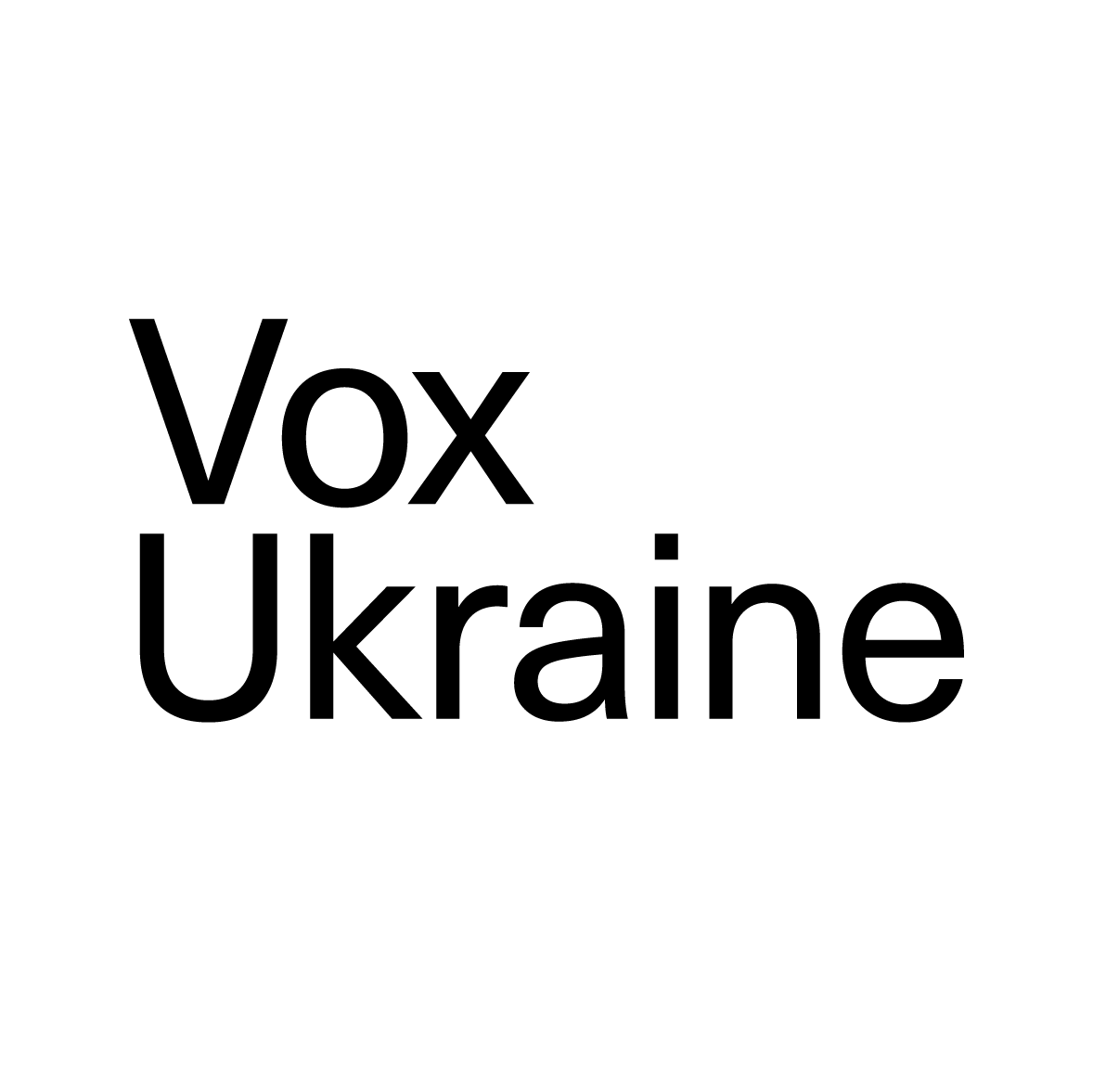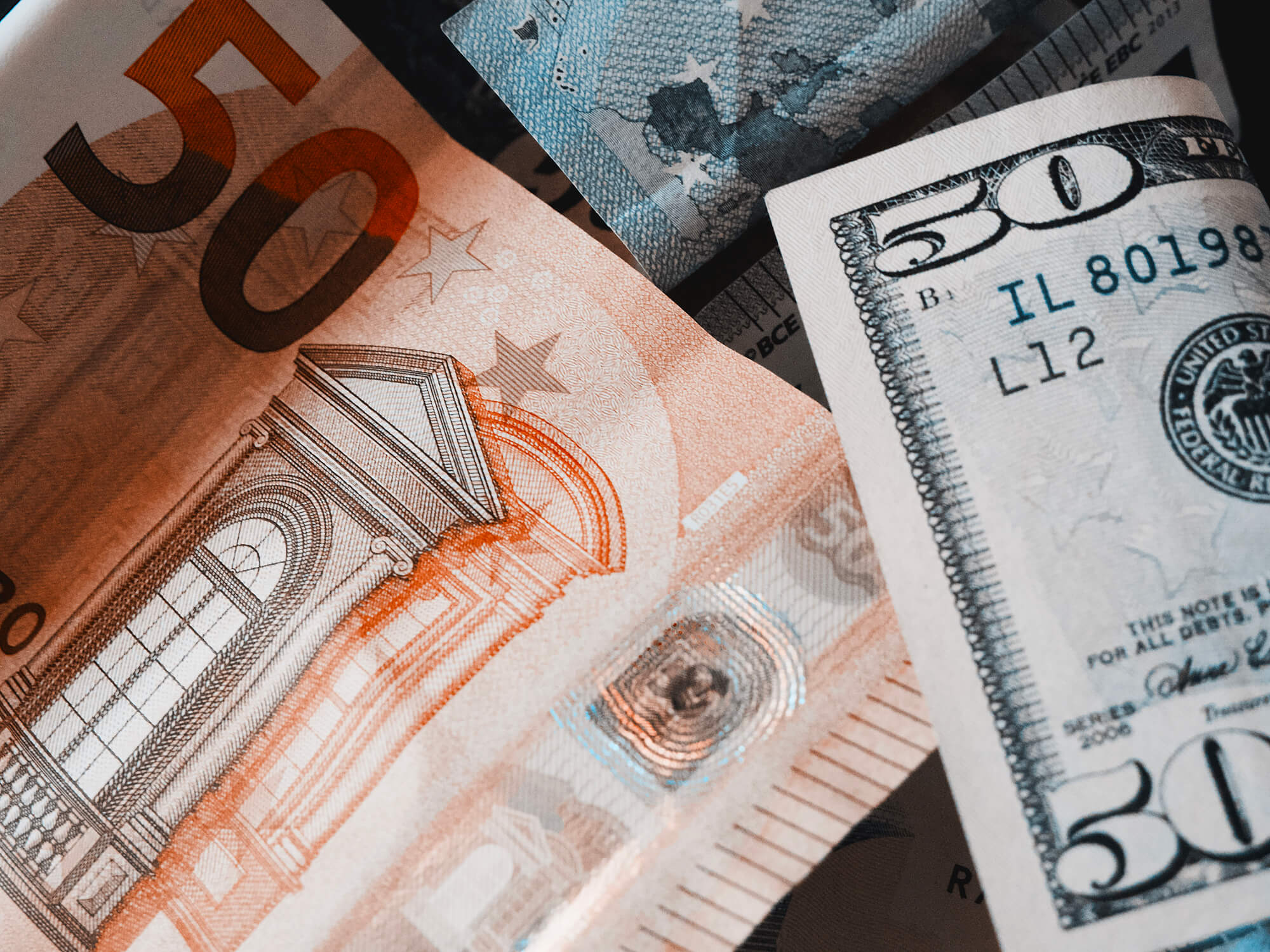We argue that NBU’s recent decision to cancel indicative exchange rate was right, but the timing was wrong. This didn’t help confidence to improve. As further devaluation will bring more harm than good for the economy, we argue that credible exchange rate stabilization plan is needed.
On February 5, Ukrainian central bank, the National Bank of Ukraine (NBU), revised its foreign exchange (FX) rate policy, which was in place for the last three months. The Bank canceled indicative exchange rate and daily FX auctions, enabling exchange rate to be determined by market supply and demand. Simultaneously, the NBU hiked discount rate by 550 basis points to 19.0% per year, the highest figure since June 2001. The shift in exchange rate policy was aimed at ending the practice of having multiple exchange rates and unifying its official exchange rate (as well as heavily regulated interbank market rate) with the rate in the grey market.
The main goal of this shift was achieved. The spread between official exchange rate and grey market rate narrowed to 2-3% as of February 11, from as much as 30% before the policy shift. However, this came at the cost of another shock to financial system as the grey market rate devalued by 16% to 25.5 hryvnia per U.S. dollar in response to policy shift, which took place on the back of a new round of escalation of conflict in eastern Ukraine and absence of confidence boosting news. The latest drop extended hryvnia’s overall loss since the beginning of the crisis to 68%.
Sources: NBU, minfin.com.ua
Right Decision, Wrong Timing
Was the policy shift a right decision? Absolutely. Multiple exchange rates are counterproductive, as they create fertile ground for unfair arbitrage and enrichment of anyone who has access to both formal and informal markets. The availability of foreign currency at official rate was scarce as FX suppliers – primarily exporters – were unwilling to sell their proceeds at an artificially low exchange rate. As a result, both buyers and sellers of foreign currency started shifting their accounts to small banks, which offered opportunities to settle FX deals at grey market rate. The NBU had little choice but to unify exchange rates eventually, otherwise the grey market would continue growing, creating arbitrage opportunities for a few and getting out of the NBU’s control and monitoring. Furthermore, unification of exchange rates was likely pre-agreed with the IMF, who repeatedly advocated flexible exchange rate regime for Ukraine.
The timing for policy shift was, however, ill chosen. First, hryvnia’s exchange rate is currently driven by expectations and sentiments of population and businesses, rather than fundamental factors such as exports and imports volumes. Re-escalation of heavy fighting in Donbas last week weighed on confidence, putting all Ukrainian assets under pressure. Second, the NBU has little reserves at its disposal to calm down potential panic on the FX market: central bank gross reserves stood at $6.4bn in January, or 1.3 months of imports. This is only enough to service external debt and gas bills for 4-6 months.Ideally, the NBU should not have allowed for multiple exchange rates to appear. But the mistake was done and it was important not only to correct it, but to chose right time for it. Given sensitivity of FX market and re-escalation of fighting, policy shift should have been done after the expected IMF’s announcement of the extended support package to Ukraine. Perhaps, even better timing would have emerged after the disbursement of the first tranche from the IMF. In general, with proper exchange rate management hryvnia depreciation might have been less acute.
Devaluation implications: lower benefits, higher costs
Irrespective of the timing, the devaluation of this magnitude will have implications for the economy.
Last year hryvnia’s weakening brought unraveling of large external imbalances accumulated over the previous years . It raised the price of imports forcing consumers to shift to domestically-produced goods whenever possible. Imports shrank considerably in 2014 (-27% year on year), fully compensating for loss of exports due to conflict in the east, trade war with Russia and a fall in prices on export markets, and helping to improve Ukraine’s dire external position. Current account deficit narrowed from USD 16.5bn to USD 5.2bn. Domestic companies benefited from increased demand for their goods and exporters benefited from reduced labor costs. However, deeper devaluation will hardly bring much more benefits. As the most price-sensitive imports have been significantly reduced, the structure of imports has changed in favor of much less price-sensitive intermediate goods needed for exports and critical imports needed for satisfying basic necessities (energy, pharmaceuticals). Also, for further substitution of imports and for exports growth, companies needs to invest in expansion of production capacities, which is unlikely to happen in the current adverse environment of on-going conflict, tight credit market, and financial instability.
At the same time, economic costs of weaker currency are growing. Further devaluation of hryvnia puts dollarized banking system at higher risk (as of end-2014 the share of foreign-currency-denominated loans to total loans was 46.4%), thus potentially deepening the crisis in the system, lengthening its resolution and delaying the return of trust. Sustainability of public debt also becomes a concern given that two thirds of the debt is denominated in foreign currencies. In September 2014 (the latest available), IMF forecasted Ukraine’s public debt would reach 73% of GDP by the end of 2015 at projected exchange rate of 13.25 UAH per dollar. Simple recalculation shows that the same nominal debt and GDP forecast recalculated at UAH 25.00 per dollar result in the debt-to-GDP ratio of 113%.
In sum, with further devaluation bringing little improvement to Ukraine’s external position and implying much larger costs, we believe it is time for the NBU and the government to stabilize the currency. Stabilizing does not mean re-pegging hryvnia to the dollar at new level. It means anchoring expectations of economic agents and creating economic environment conducive to less volatile FX market. The new IMF loan will likely help support expectations in the short-run, but is unlikely to be a game changer over medium-term, especially if conflict in the east remains in its hot phase. If the IMF loan is supplemented by “bazooka-like” credible joint action plan (of NBU and MinFin) focused on curbing deficit monetization, tightening fiscal and monetary policies, and considering targeted capital controls on foreign outflows, this could become a real game changer for the currency.
Attention
The authors do not work for, consult to, own shares in or receive funding from any company or organization that would benefit from this article, and have no relevant affiliations





